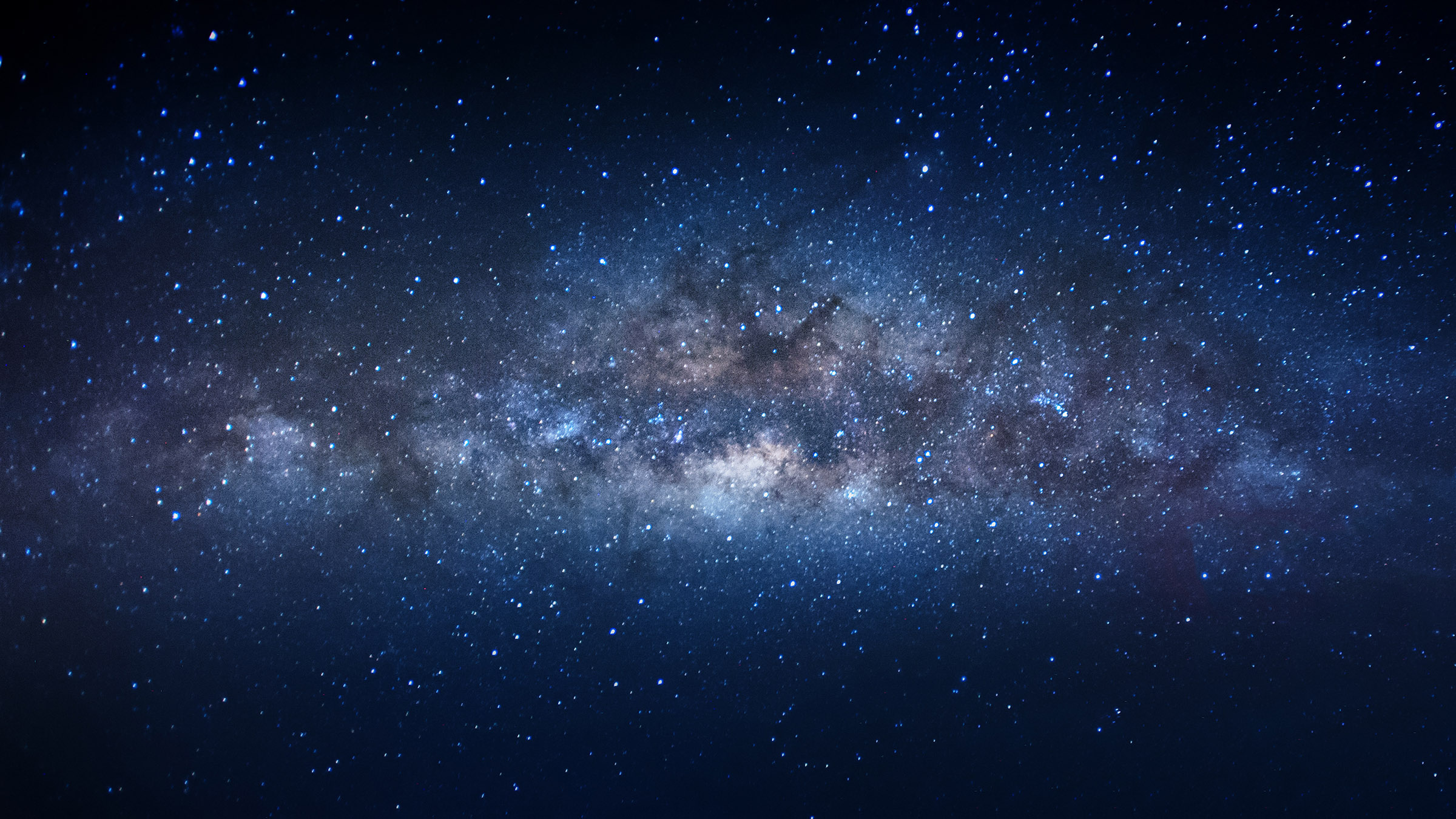Scientists discovered a mysterious light in what they previously believed was a darker region of space. The light, which James Webb picked up, was initially invisible when Hubble observed the area. But scientists aren’t quite sure what caused this mysterious light in space, so they’re still searching.
The researchers who spotted the light have published a paper on it in The Astrophysical Journal Letters. In that paper, they detail how Webb discovered the mysterious light in space, hiding behind a thick cloud of dust that can’t be seen through using other telescopes.
The light, which has scientists scrambling to identify its source, is blazing from two galaxies in the process of merging and becoming one. The source of the light within the merger isn’t clear, but the scientists say knowing where the mysterious light is located in space could help solve the puzzle.

Galaxy mergers are not uncommon, in fact, our own Milky Way galaxy is expected to merge with the neighboring Andromeda Galaxy sometime in the distant future and has merged with other galaxies in the past. But finding the source of this mysterious light isn’t as easy as identifying these mergers in space.
Instead, scientists have to look deeper into the cosmic dust that has been hiding this light from telescopes like Hubble, as the source of this mysterious light is actually outshining everything else found within the merging galaxies.
What the scientists have figured out so far, though, is that the source of this mysterious light is making up around 70 percent of the mid-infrared light emitted by the merging galaxies at the moment.
Additionally, the galaxies together stretch around 65,000 light-years through the region, and the source has a radius of only 570 light-years. As such, the source of the mysterious light may be just a black hole or a random starburst.
The goal is to use James Webb to investigate the mysterious light in much deeper ways. And, because the source appears to be outside of the main part of the merging galaxy, scientists are interested to learn how it ended up there.








